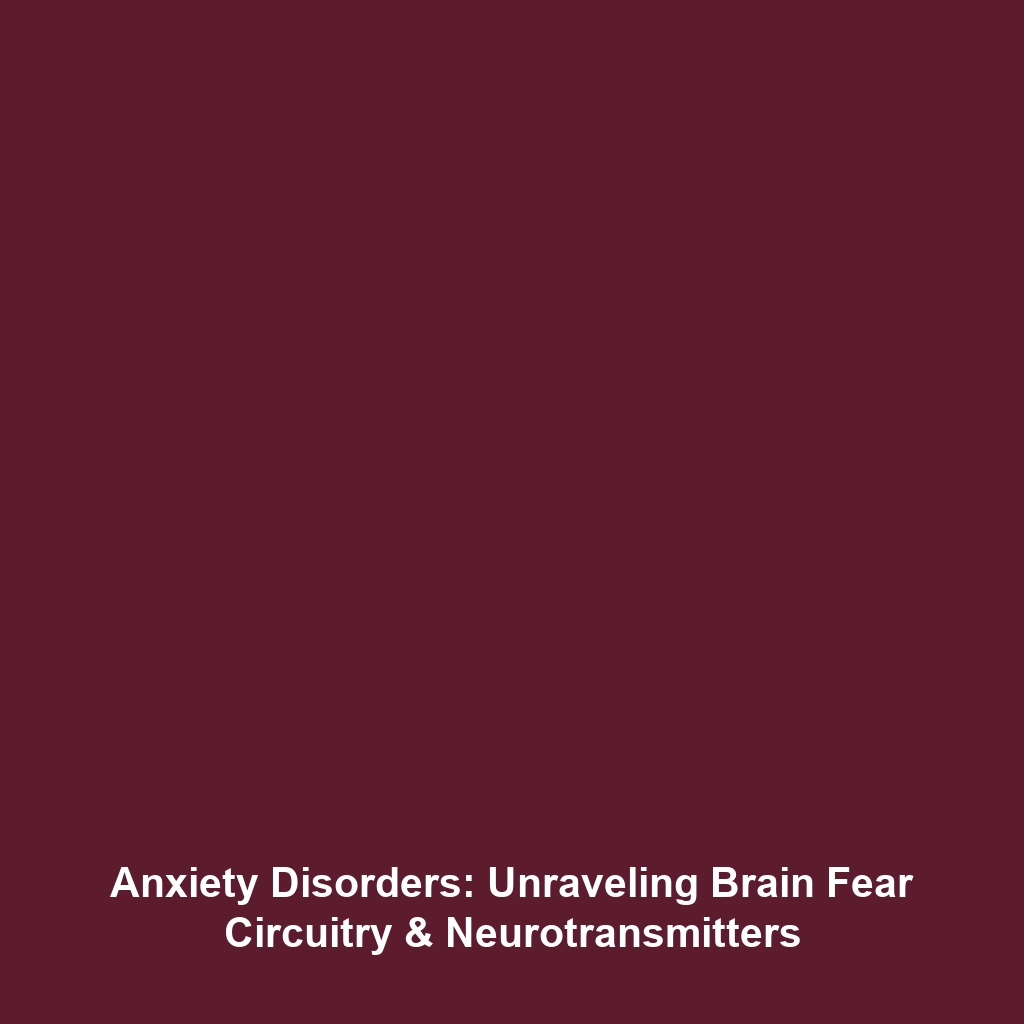Advanced Signal Processing in Brain-Computer Interfaces
Introduction
Advanced signal processing plays a pivotal role in the development of Brain-Computer Interfaces (BCIs). As ongoing research focuses on sophisticated algorithms to decode brain signals, the implications for accuracy and response times become profound. By improving how we interpret neural data, we can enhance the functionality of BCIs, enabling diverse applications ranging from medical rehabilitation to augmented communication. Understanding these advancements not only highlights the significance of BCIs but also sheds light on potential future developments in the field.
Key Concepts
To grasp the importance of advanced signal processing in the realm of BCIs, it is essential to understand some core concepts:
Neural Signal Decoding
Neural signal decoding involves converting brain activity into actionable commands. This process relies heavily on algorithms that analyze data captured from brain waves, often utilizing techniques like machine learning and pattern recognition.
Signal Processing Algorithms
Advanced algorithms such as wavelet transforms, Kalman filters, and support vector machines provide enhanced accuracy in interpreting brain signals. These methods help address noise and artifacts commonly found in raw neurological data.
Real-Time Processing
Real-time processing of brain signals is critical for applications in areas like gaming, medical devices, and assistive technologies. Quick response times are necessary for a seamless user experience.
Applications and Real-World Uses
The advancements in signal processing have led to several significant applications of BCIs:
- Medical Rehabilitation: BCIs are being utilized in stroke recovery, allowing patients to control prosthetic limbs through thought.
- Communication Aids: Individuals with severe disabilities can express themselves using devices that interpret their brain activity into speech or text.
- Gaming and Entertainment: Enhanced experiences in virtual reality (VR) settings by using BCIs that respond to the user’s thoughts.
These applications illustrate how advanced signal processing is a cornerstone of progress in BCIs, reflecting its immense potential in improving quality of life and accessibility.
Current Challenges
Despite the promising advancements, several challenges remain in the field of advanced signal processing within BCIs:
- Noise and Artifacts: Brain signals can be contaminated by external noise, complicating accurate decoding.
- Data Variability: Individual differences in neural patterns can lead to inconsistent results across users.
- Real-Time Constraints: Achieving high-speed processing with complex algorithms remains a technical challenge.
- Ethical Considerations: Safeguarding user privacy and data security is paramount as BCI technology evolves.
Future Research and Innovations
The future of advanced signal processing in BCIs is bright, with ongoing research aimed at addressing current challenges and enhancing user experience. Key areas of focus include:
- Next-Gen Sensor Technologies: Developing improved sensors that capture brain activity with greater precision.
- AI and Machine Learning: Leveraging artificial intelligence to create adaptive algorithms that learn from user behavior.
- Integration with Neuromodulation: Combining BCIs with technologies that can stimulate specific brain regions for enhanced control.
Conclusion
In summary, advanced signal processing is integral to the evolution of Brain-Computer Interfaces, with significant implications for accuracy and response times. As research continues to progress, the potential applications in medical, assistive, and entertainment fields will undoubtedly expand. Staying informed about these advancements is crucial for those engaged in neuroscience and technology. For further reading on related topics, explore our articles on Neural Interface Technology and Machine Learning in BCIs.

